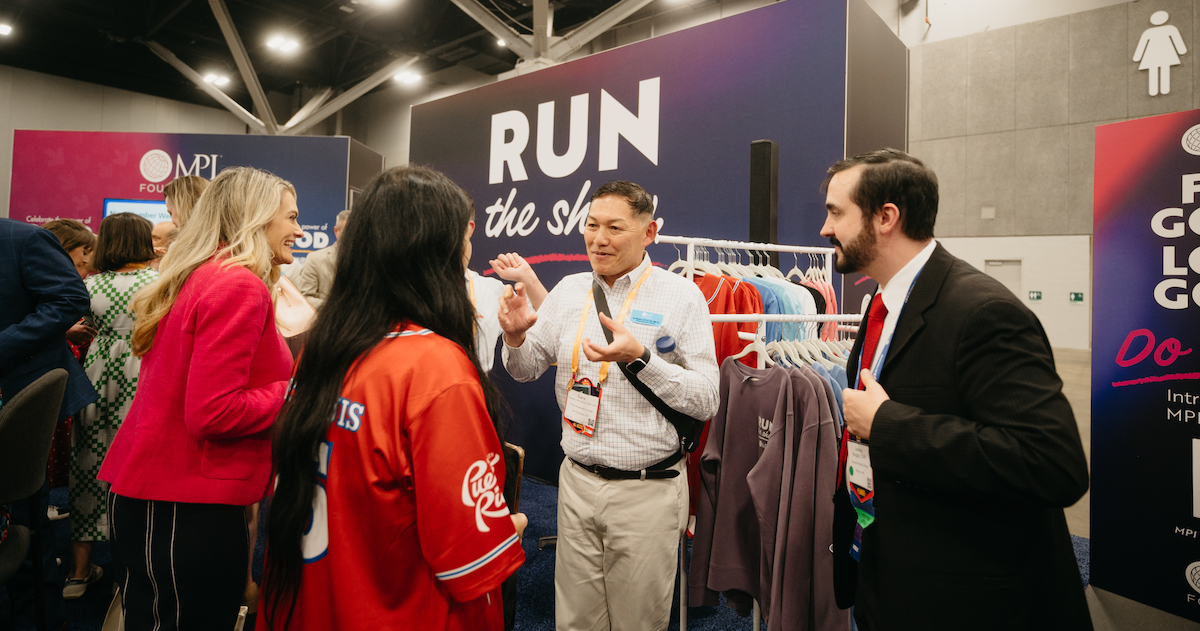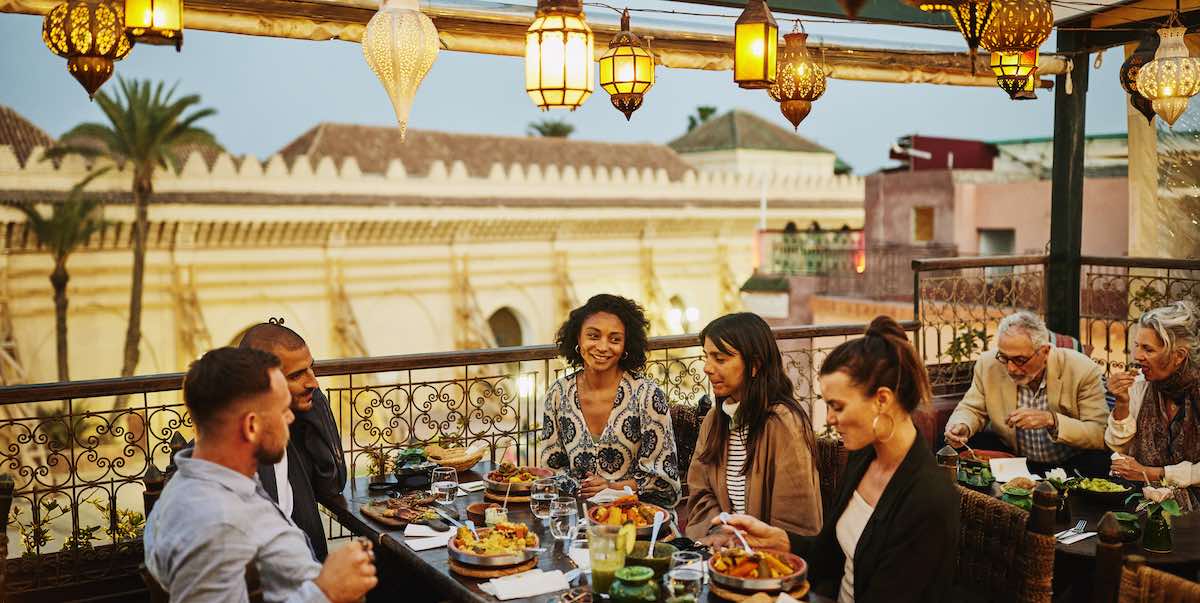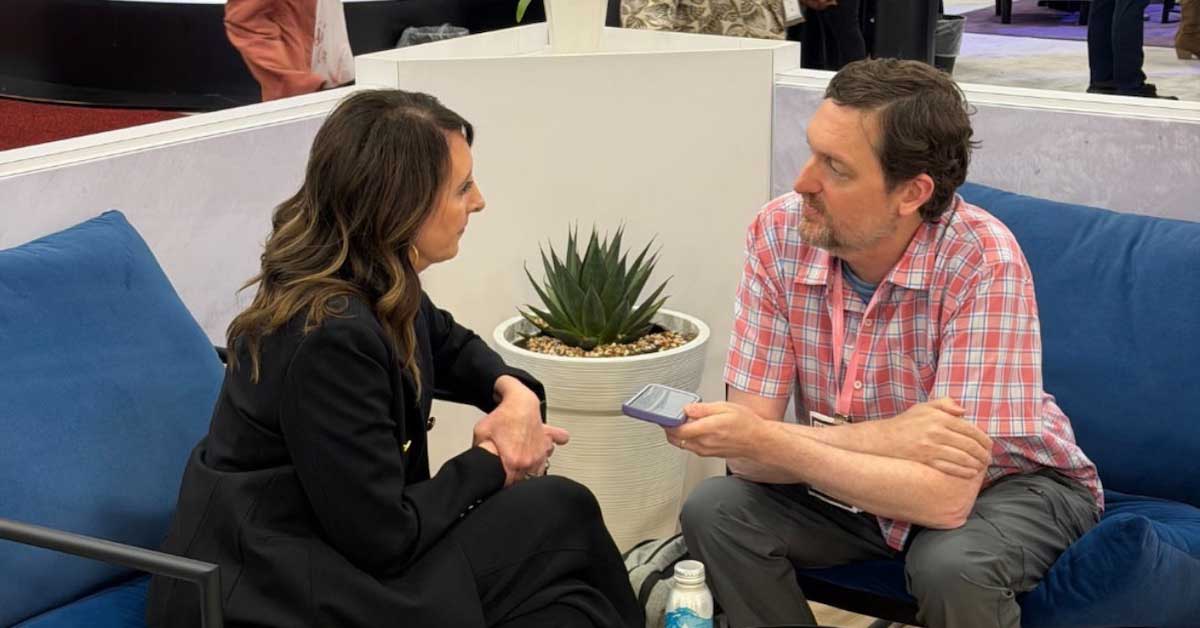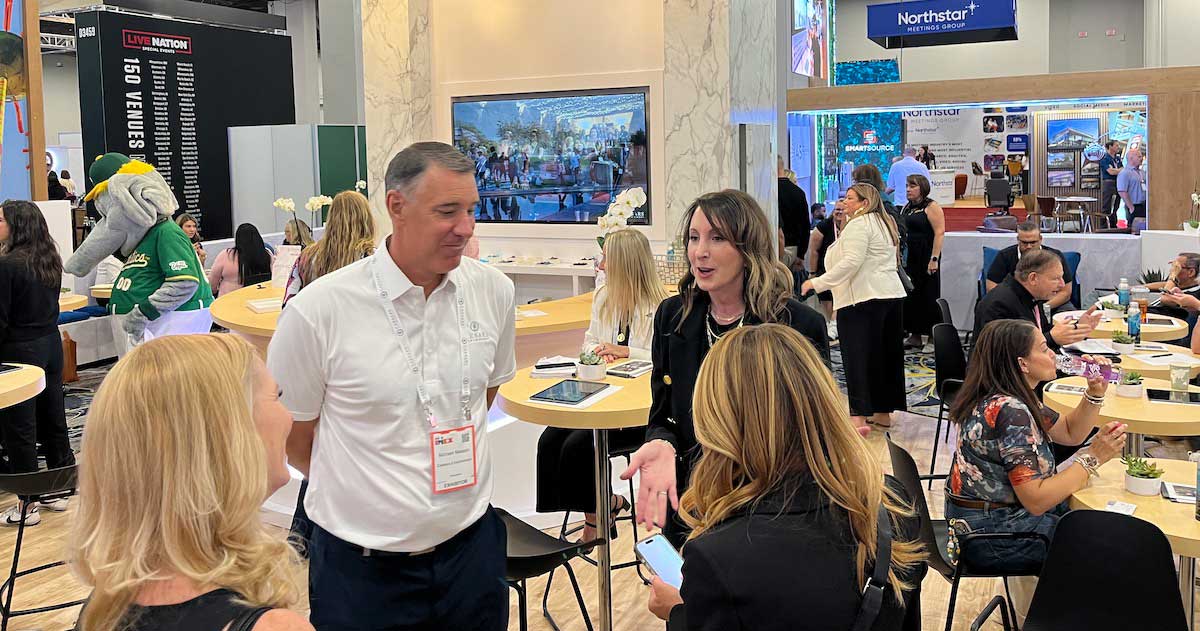“Event owners and designers have now experienced, once and for all, the status quo of an events world online,” says Ruud Janssen, CMM, DES (MPI France-Switzerland Chapter), founder and managing partner of the Event Design Collective. “We have been forced to deal with this change in a most universal way. Health is a basic need and can never be tampered with as a variable. When the context changes, so do these elemental ingredients of the event design.”
The fundamental components of event design will remain unchanged, he says.
“Post-pandemic event design is very much like pre-pandemic event design,” Janssen says. “It’s user-centric…and takes into account each of the stakeholder’s pains/gains, expectations and commitments and identifies the entry and exit behaviors.”
Considering the health and safety of stakeholders and how that’s affected and will continue to affect the design of your events must be a serious discussion at this point. However, such best practices that have emerged throughout the pandemic to foster and/or ensure the safety of all involved must also jibe with your event strategy.
“Event owners and designers have now experienced, once and for all, the status quo of an events world online.”
While 60 percent of meeting professionals don’t anticipate holding their next live event until Q3 this year at the earliest and 86 percent saying business won’t be back to pre-pandemic levels until at least 2022, per the latest Meetings Outlook survey, optimism persists.
“I think there are some universal learnings or developments that we’re going to see and it’s going to change the way people think about utilizing their event experiences,” says Tim Simpson, brand and engagement chief strategist, Design Studio, Maritz. “Strategy helps to answer the why and the design is really saying, ‘OK, what are we going to do here?’ I think the design of events is going to be radically different. I think the pandemic has taught us, or validated, that events are about providing a space for transformation to happen. The goal is that experiences that guide transformation will have somebody walk out with some kind of meaningful aha moment—something that really moves them, and they see the world in a different way. That’s the pinnacle.”
Being ready for the inevitable changes to meetings and events really comes down to understanding your audience and ensuring your strategy still lines up.
“If people do that work—and they can start doing that work now—they’re going to be really ready for when we are into the next normal,” Simpson says.
Similarly, Janssen reinforces the reality that right now is the time for meeting professionals to hone newer, necessary skills in order to enable their business to get up to speed as the pandemic dissipates, or, at least, becomes manageable with effective vaccines.
“Make sure to have your digital dexterity fully developed before this pandemic subsides,” he says. “You will need both skill sets and mindset to deploy them at speed once humanity can meet again in person safely. Exciting times ahead.”
Format Choices
Moving on after this global pandemic, there will, of course, be lasting changes to the design of events. Janssen says the widespread experience with virtual gatherings over the past year should affect how content is provided.
“Instructional design and working methods have evolved very quickly,” he notes. “What lags is the digital dexterity of those creating and using the content. Many have attempted this already pre-COVID-19, but the adoption has been feeble at best.”
That expedited evolution, he says, was visible within his organization’s own Event Design Certificate Program. In the first half of 2019, they built an online repository of 10 modules covering every step in the program.
“It was, at first, intended to provide a fallback for those that had learned onsite and wanted to review material post learning it in person,” he says. “Learning by doing is very effective. We also noticed that the online collaboration skill sometimes formed a hurdle for the live, in-person learners to bring it back into their online teams. We have seen that skills, knowledge, attitude learning and people learning can be done even better online. By learning together, you stay together. And the need to now meet in person has only been amplified even more than before. So, there is also a bright future for all types of events.”
While Simpson also believes in the right setting and time for both in-person events and virtual events, he’s no fan of the semantics.
Event Design Certificate Join the industry’s leading event design education.
“I think we need to throw the word ‘hybrid’ out the door,” he says. “[Instead, we need to focus on] how we are going to do really good face to face and really good digital—that’s really the question.”
Naturally, some events that have traditionally been held live, in-person will not return as such following the pandemic—and that may be a good thing, forcing industry professionals to re-evaluate their definition of success as it relates to participant needs.
“One thing we’ve learned this year is that we do not need event experiences to get in-depth education and CEU credits and all that,” Simpson says. “We predict that as it relates to design, people are not going to tolerate that anymore—they realize they can get that online. So, what is it that face to face is going to give them? We’re going to need to activate this idea around community. We think community is the currency of the event experience.”
In-person or virtual, the content you’re delivering to participants must be quality. Certainly, most meeting professionals have experienced the drowsiness while listening to an uninteresting speaker sharing uninteresting material in an uninteresting presentation. Anyone who’s been to numerous events has encountered this and, likely, left the room briefly in search of caffeine. Sadly, this, too, applies to virtual events—but it’s potentially even easier to lose your audience’s attention, which can then hurt overall engagement efforts.
“I’ve done a lot of these digital experiences over the last year, and I can tell you, you could throw every digital engagement strategy or tool at me,” Simpson says. “But if the person delivering the content isn’t good and the content isn’t rich—if it doesn’t hold my interest at the same level as watching TV—I promise you that I’m not going to then participate in your gamification, I’m not going to worry about your polls, they are not going to keep me connected. None of that’s going to work.”
“The pandemic has taught us, or validated, that events are about providing a space for transformation to happen.”
He notes that at in-person events, attendees will often stay in their seats during boring sessions.
“Why do people sit there?” he asks. “They don’t do that digitally, they just disconnect, they shop or search online, but I think that’s all about content. So, it’s funny how everybody’s just so bent up around the axle on this idea of engagement. What’s engaging? Don’t ask people to sit behind a computer screen for three days straight. How about come up with an alternative format to deliver content? If we think about next year and going forward, I’m hopeful that companies are going to be ready to experiment and try new things and to push the boundaries a little bit all in service of trying to create more meaningful connections with people.”
Designing an experience based on the true wants and needs of your stakeholders remains essential. However, some professionals may need to re-evaluate how they acquire that information.
“The biggest thing we’re going to see a need for going forward is something we have been big proponents of for years: understanding our audiences and who they are as people,” Simpson says.
He says this includes really getting down to the level of their values, how their personalities may have changed, the evolution of their learning styles—their preferences and tolerances.
“At the end of the day, you can’t write good strategy or arrange good design unless you understand fully who we’re designing for,” he says. “And studying satisfaction surveys doesn’t tell you specifically how to make it better—it tells you what didn’t work, it doesn’t tell you how to actually improve it. We actually have to talk and listen to people to understand that. Who are they as a learner? What are their personality types? How do we take those dimensions and create a picture of these people that we’re designing for? Then let’s also ask questions such as what kind of formats they want. How much learning is too much learning and what’s the balance of learning and fun that they expect?”
New Habits and Challenges
Human behaviors have shifted in notable ways during the pandemic. Many are hesitant to travel or gather in large groups—and justifiably, according to most epidemiologists. In MPI’s summer 2020 Meetings Outlook, in fact, 60 percent of meeting professionals said at the time that they weren’t comfortable with domestic air travel (79 percent said the same about international air travel) and 83 percent were uncomfortable attending large indoor events. And forget about hugs or hearty handshakes, something that’s especially challenging in our embrace-loving industry.
According to the work of University College London research associate Dr. Phillippa Lally, it can take anywhere from 18 to 254 days to create a new habit. With the pandemic ongoing for more than a year and virtual events occupying most of the space previously dominated by face to face, it’s safe to say that everyone has at least some new defaults.
“Our audiences are going to have radically new behaviors,” Simpson says. “What’s going to have people come back and keep coming back? It’s going to be how we start designing that experience for who they are and where they are now.”
In the work of the Event Design Collective, Janssen says his team has seen how the “digital dexterity” and attention spans of their audience has been developing.
“Like a new language, you need to build the new digital muscle and it is being built very fast,” he says. “Those with a head start have had the advantage of that very head start. You see who was in pole position because they suffered less and have grown more.”
“At the end of the day, you can’t write good strategy or arrange good design unless you understand fully who we’re designing for.”
So-called “revenge travel” also keeps popping up when evaluating some of the psychological extensions of the pandemic. With limited person-to-person interaction, we’re all feeling at least a bit isolated and locked down, especially the countless meeting and event professionals who thrive on travel and experiencing different cultures and sights firsthand.
“There’s this idea of revenge behavior because we’ve all been locked in—this idea is loosely connected to this idea of the catch-up effect. I think we should coin the term ‘experience retribution,’” Simpson says, bringing up the perception that people feel they’ve been robbed of potential experiences and want to somehow get back at that loss. “I’ve heard people saying, ‘We’re going to throw the biggest freakin’ party ever and spend all of our saved-up event budget.’ But if you do that, then what do you do the next year? How do you prevent people from not setting that expectation? Don’t throw strategy out the door.”
He says experience retribution will be a significant psychological hurdle to overcome as people will instinctively want to go hog wild celebrating some semblance of their pre-pandemic normal life.
“We’ve done some work around understanding personas in the digital event space, and we came up with seven predominant personas—one of those, my favorite, that shows up quite a bit is the extrovert turning introvert,” he says. “People in the digital space have gotten more introverted, such that with the extrovert, you can barely get them on camera. They’ve really withdrawn. How long will it take for those individuals when they get back to face to face, to break out of that?”






